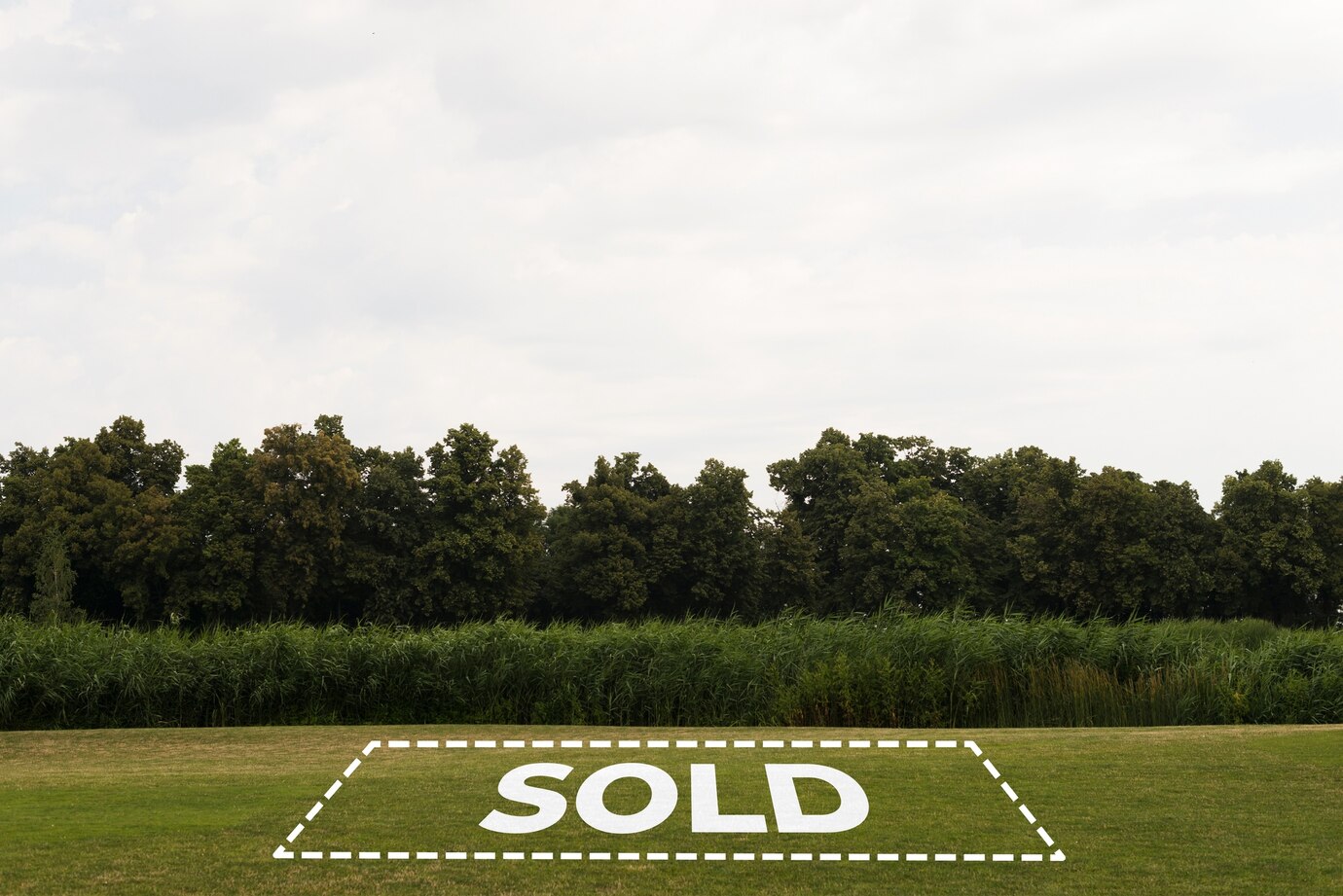Selling vacant land is a complex process, and one crucial aspect that many landowners may overlook is the potential to subdivide their property. Subdividing a larger parcel of land entails dividing it into smaller lots, which can be individually sold or developed. This strategic approach often benefits sellers by increasing the marketability, value, and overall demand for the property.
In this insightful guide, we will delve into the benefits and challenges of subdividing vacant land in Texas. We will explore the multitude of factors that make subdividing an attractive option for landowners, from garnering higher profits to targeting diverse buyer markets. Furthermore, we will discuss the legal and administrative processes involved in subdividing land in Texas, preparing you with the necessary knowledge to navigate this intricate task with confidence.
Join us on this journey through the world of subdividing vacant land in Texas. We will navigate the various aspects of this strategic decision, unlocking the potential for a profitable and fulfilling land-selling experience. As we explore the advantages and intricacies of subdividing, you’ll be well-prepared to make the best choice for your property.
Benefits of Subdividing Vacant Land in Texas
Subdividing your vacant land in Texas can provide a variety of benefits that enhance the marketability and value of your property. Here, we explore several advantages of this approach:
1. Increased Profit Potential: One of the primary motivations for subdividing vacant land is the prospect of generating higher profits. By dividing your land into smaller parcels, you can sell each lot independently, often at a higher cumulative price than selling the entire land as a single unit. This can result in an overall greater return on your investment.
2. Diverse Buyer Market: Subdividing allows you to cater to a wider range of potential buyers, as individual lots often appeal to different market segments with varying preferences. For instance, one buyer might be looking for a small plot to build a family home, while another may seek a larger parcel for commercial development. By subdividing your land, you can attract buyers with diverse plans and budgets, increasing the likelihood of a successful sale.
3. Faster Sales: Dividing your property into smaller lots can lead to faster sales. Buyers seeking more affordable or smaller land investments may be deterred by larger properties, but subdividing can make your land more accessible and appealing to these buyers. This strategy can help expedite the selling process and improve cash flow.
4. Value Appreciation: When executed correctly, subdividing vacant land can lead to increased property value. Dividing your land into separate lots with individual utilities, amenities, and construction permits can enhance the overall value of each plot, maximizing the value of your land sale.
Understanding the Subdivision Process in Texas
Subdividing land can be a complicated process, requiring compliance with local regulations and coordination with various parties. To give you a better understanding of the subdivision process in Texas, we outline several key steps involved:
1. Research Local Regulations: Before embarking on the process of subdividing your land, it is essential to familiarize yourself with local zoning regulations and ordinances. This includes obtaining a copy of your property’s zoning map and reviewing any guidelines related to minimum lot size, setbacks, and easements. Understanding local regulations will help ensure that your subdivision plan complies with the law from the outset.
2. Hire Professional Assistance: Given the technical and legal complexities involved in land subdivision, it is often beneficial to enlist the help of professionals such as surveyors, attorneys, and engineers. These experts can assist with various aspects of the process, including drafting subdivision plans, obtaining necessary permits, and ensuring that the proposed lots meet local zoning requirements.
3. Prepare a Subdivision Plan: A subdivision plan is a detailed document that outlines the proposed lots, access roads, and infrastructure elements such as water and electricity. This plan must be prepared by a licensed surveyor and typically includes information on each individual lot, easements, and any planned improvements. A well-drafted subdivision plan is a crucial component in obtaining the necessary approvals from local planning authorities.
4. Obtain Approvals: Depending on your jurisdiction in Texas, you may need to seek approval from the local planning or zoning department, public works department, and/or the county commissioners’ court. The approval process typically involves submitting your subdivision plan and supporting documents, attending meetings or hearings, and addressing any concerns or requirements the authorities may have.
5. Record the Subdivision Plat: Once your subdivision plan has been approved, the final step is to record the subdivision plat with the appropriate county office. The plat is a legal document that officially establishes the new lots and their boundaries. Recording this document ensures that the lots are recognized as separate parcels and can be sold independently.
Challenges Associated with Subdividing Land
While subdividing land can provide numerous benefits, it is important to be aware of the potential challenges associated with this process. Some of these challenges may include:
1. Time and Costs: Subdividing land can be both time-consuming and costly. The process may require significant investments in professional services, permits, and infrastructure improvements. Additionally, the approval process can be lengthy, potentially delaying your land sale.
2. Legal and Regulatory Compliance: Navigating local zoning and regulatory requirements can be daunting, particularly for those unfamiliar with the intricacies of land development and planning processes. Missteps in this area can lead to costly mistakes or delays in your subdivision plans.
Conclusion
Subdividing your vacant land in Texas can be a beneficial strategy for maximizing the value and marketability of your property. By understanding the advantages, processes, and challenges involved in land subdivision, you are better prepared to make informed decisions that can lead to a successful and profitable land sale. At Vacant Land Man, we pride ourselves on helping Texans navigate the complexities of selling their land with ease, and our expert team is ready to guide you through the subdivision process.
Ready to sell your vacant land in Texas or need guidance on subdividing your property for a successful sale? As a local Texas company focused on helping Texans sell their land with ease, Vacant Land Man is well-equipped with the expertise to guide you through the potentially rewarding process of subdividing your vacant land. Explore the potential of subdividing your vacant land in Texas. Contact us today, and let us provide the professional assistance you need for a successful and profitable land sale. Don’t hesitate–call us now!




